In the vast symphony of nature, one tiny performer stands out for its extraordinary ability to create sound far beyond what seems physically possible. The Micronecta scholtzi, commonly known as the water boatman, holds the remarkable distinction of being the world’s loudest insect relative to its body size. This diminutive aquatic bug, measuring just 2.3mm in length, produces a mating call that reaches an astonishing 99.2 decibels – comparable to a passing freight train or loud orchestra. What makes this achievement even more impressive is that this record-breaking sound comes from one of the smallest insects on our planet. Join us as we explore the fascinating world of this acoustic champion and uncover the science, behavior, and remarkable adaptations behind nature’s tiniest but mightiest noisemaker.
The Record-Breaking Water Boatman

The water boatman (Micronecta scholtzi) officially entered the scientific record books in 2011 when researchers from France and Scotland documented its extraordinary sound production. This tiny aquatic insect generates sound levels of 99.2 decibels when measured at a distance of just one meter – a volume equivalent to sitting in the front row of a loud rock concert. To put this in perspective, normal human conversation typically registers around 60 decibels, while city traffic reaches about 85 decibels. What’s truly remarkable is that this tremendous sound comes from a creature smaller than a grain of rice. If scaled to human size, the water boatman’s call would be equivalent to shouting at over 900 decibels – a theoretical level that would be more than enough to create a shock wave capable of vaporizing water.
How Size Defies Sound Logic
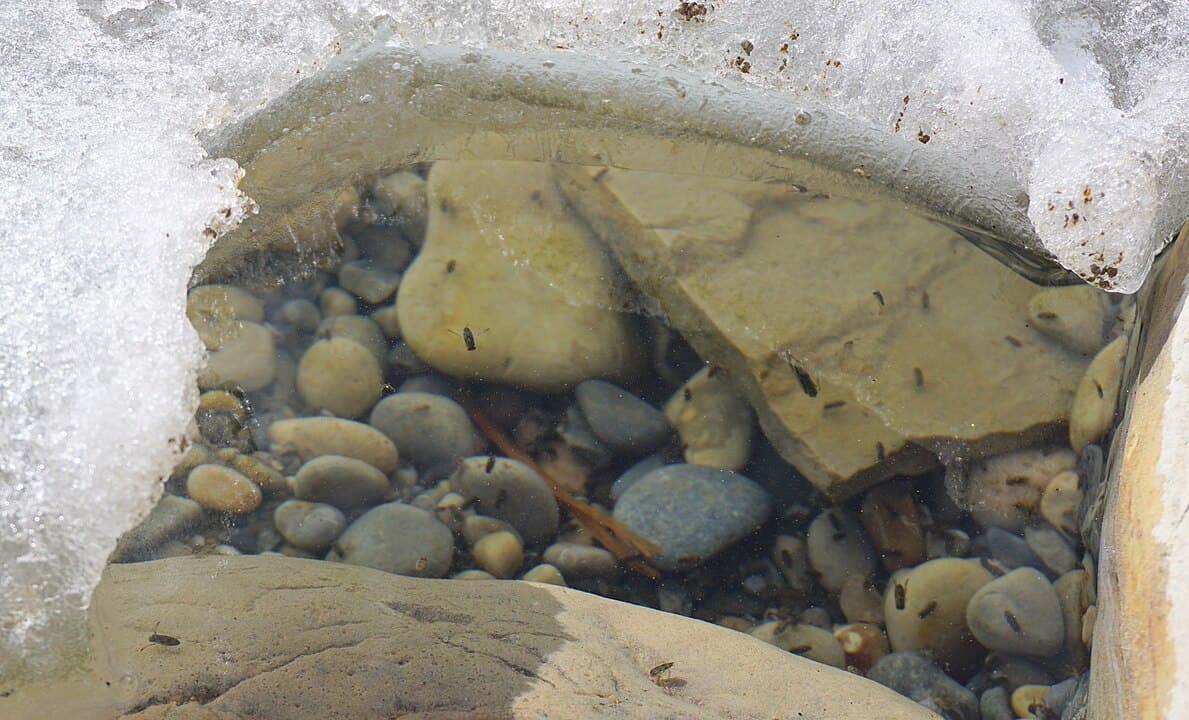
The water boatman’s acoustic achievement defies conventional wisdom about sound production. Typically, larger animals produce louder sounds because they have more substantial sound-producing organs and greater muscle mass to power them. Consider that the blue whale, Earth’s largest animal, produces calls reaching 188 decibels – but this comes from a creature over 100 feet long. The water boatman, by contrast, creates its impressive volume from a body just 2.3mm long. This represents the most extreme example of acoustic output relative to body size in the entire animal kingdom. Scientists calculate that this tiny insect converts about 1% of its total muscle energy into sound – an efficiency rate that surpasses most other animals and rivals the best human-engineered acoustic systems.
The Unique Sound-Producing Mechanism
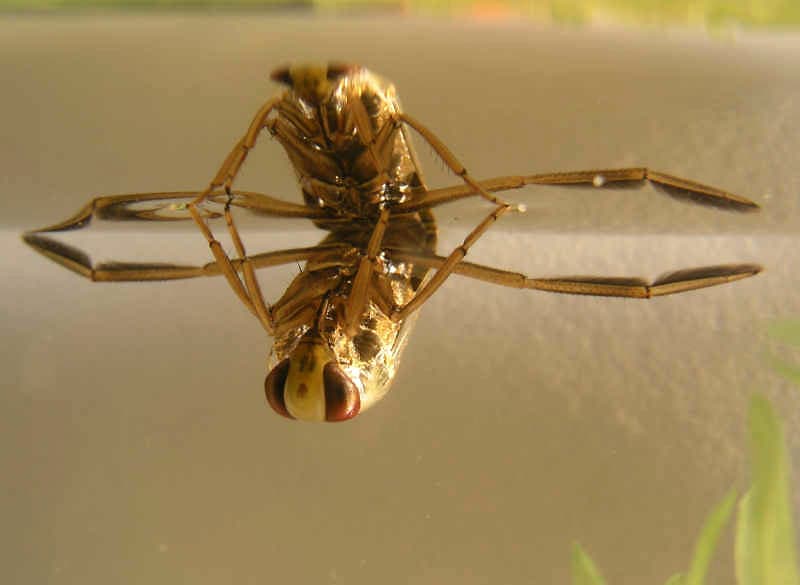
The water boatman’s extraordinary acoustic ability comes from a specialized technique known as “stridulation,” but with a unique twist. While many insects create sound by rubbing body parts together (like crickets rubbing their wings), the male water boatman has evolved a particularly efficient method. He creates sound by rubbing his penis (technically called the “aedeagus”) against ridges on his abdomen – essentially using his genitalia as a specialized musical instrument. This unusual technique produces around 1,600 pulses per second. Most remarkably, the sound doesn’t travel through air but through water, which typically dampens sound. Research shows that the water boatman overcomes this limitation by creating an air bubble that acts as an amplification chamber, effectively turning this tiny space into a sophisticated underwater resonator that maximizes sound output.
The Purpose Behind the Noise

The deafening underwater concert performed by male water boatmen serves a singular evolutionary purpose: attracting females. Like many of nature’s most dramatic displays, this extreme sound production is all about reproduction. Male water boatmen compete intensely for female attention in their aquatic habitats, and evolution has favored those capable of producing the loudest, most noticeable calls. The females, swimming in the same ponds and slow-moving waterways, detect these acoustic signals and use them to select their mates, typically preferring males with the strongest, most consistent calls. This represents a classic example of sexual selection – the same evolutionary force that has given us peacock tails and elaborate bird songs – taken to acoustic extremes. The water boatman’s call effectively serves as an underwater dating app, with volume and quality determining attractiveness.
The Scientific Discovery Journey
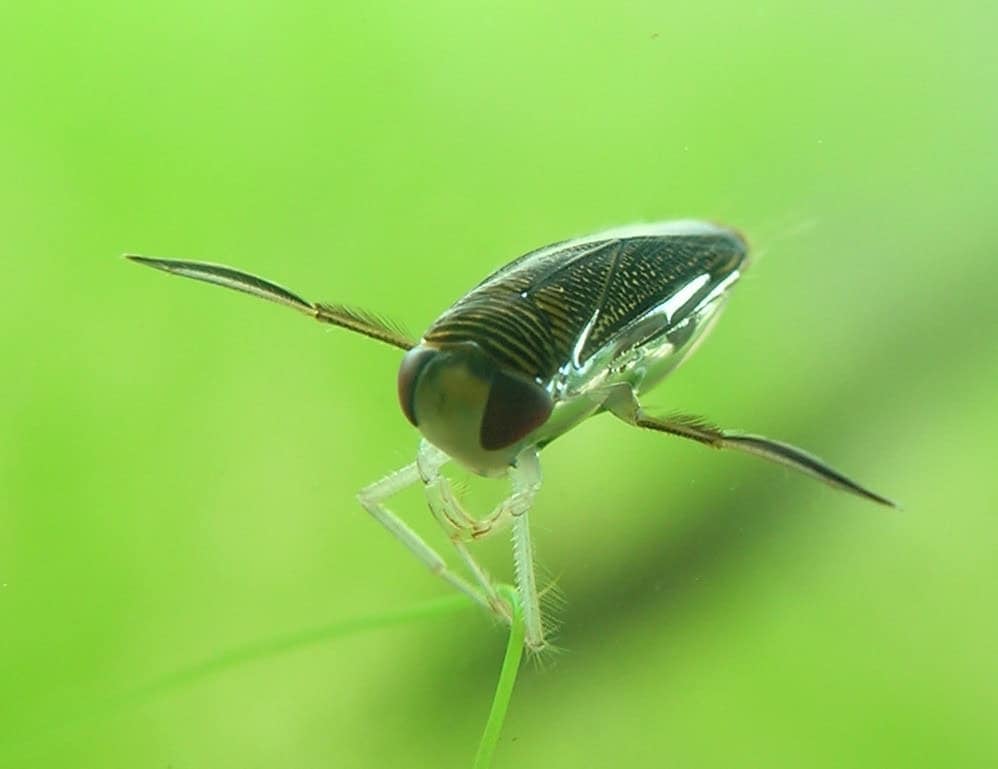
The water boatman’s record-breaking sound capabilities remained undocumented until relatively recently. In 2011, a team led by Dr. James Windmill from the University of Strathclyde in Scotland made the groundbreaking discovery. Using specialized underwater microphones and high-speed imaging equipment, the researchers were able to measure and verify the extraordinary volume produced by these tiny creatures. Their findings, published in the journal PLOS ONE, shocked the scientific community and earned coverage in major science publications worldwide. What made the discovery particularly surprising was that despite the water boatman being a common species in many European ponds and slow-moving waterways, its acoustic capabilities had been overlooked for centuries. This highlights how even well-studied ecosystems can harbor remarkable undiscovered adaptations, especially when they occur in underwater environments that are more challenging for humans to observe and study.
Geographic Distribution and Habitat

Micronecta scholtzi is primarily found throughout Europe, particularly in countries like France, Scotland, Spain, and other regions with suitable aquatic habitats. These tiny insects make their homes in freshwater ponds, slow-moving streams, and quiet backwaters where vegetation provides cover and resources. Within these habitats, water boatmen typically occupy the shallow zones, where sunlight penetrates sufficiently to support the growth of algae and microorganisms that form the base of their food chain. Unlike some aquatic insects that require pristine conditions, water boatmen display remarkable adaptability and can thrive in a variety of water bodies, including artificial ponds and some mildly polluted waters. This adaptability, combined with their small size and inconspicuous nature (aside from their sound), has allowed them to maintain healthy populations across their range despite increasing habitat pressure from human development and water pollution in many European watersheds.
Physical Characteristics and Adaptations
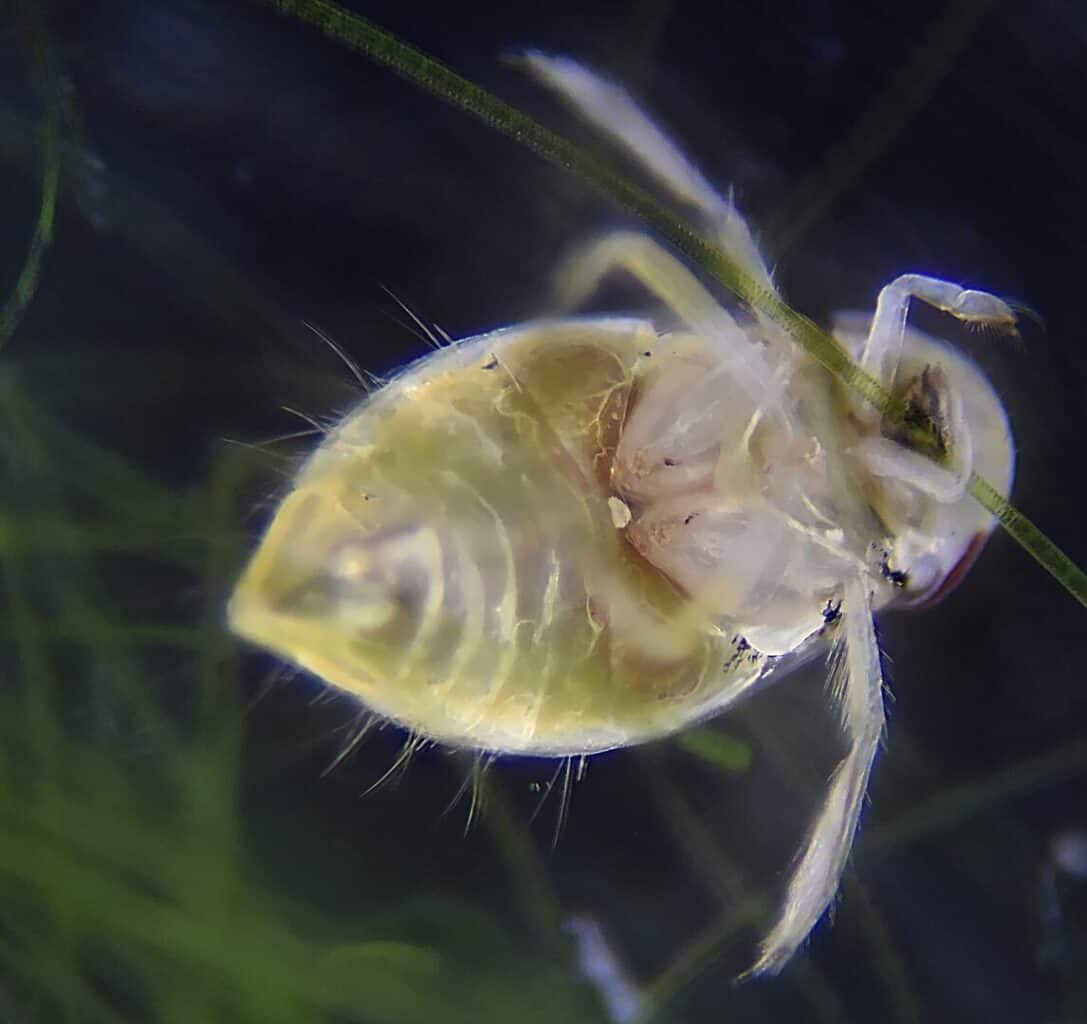
Despite their acoustic fame, water boatmen are masterpieces of evolutionary design in many other ways. Their tiny bodies (2-3mm) are streamlined and boat-shaped, perfectly adapted for aquatic life. They possess specialized hind legs that resemble oars, covered with fine hairs that increase surface area for efficient swimming. Their front legs are modified for grasping prey, while their middle legs help with steering and stability. Water boatmen breathe underwater through a remarkable adaptation: they carry a bubble of air trapped against their bodies, which functions like a portable gill, allowing oxygen exchange while submerged. This bubble also plays a crucial role in their sound production. Their bodies are typically brownish or grayish, providing effective camouflage against pond bottoms. Perhaps most fascinating is their sound-producing apparatus – the specialized ridges on the abdomen and the modified genitalia that create their record-breaking calls are only visible under microscopic examination, revealing intricate structures that acoustic engineers study for inspiration in developing new sound technologies.
Diet and Feeding Behavior
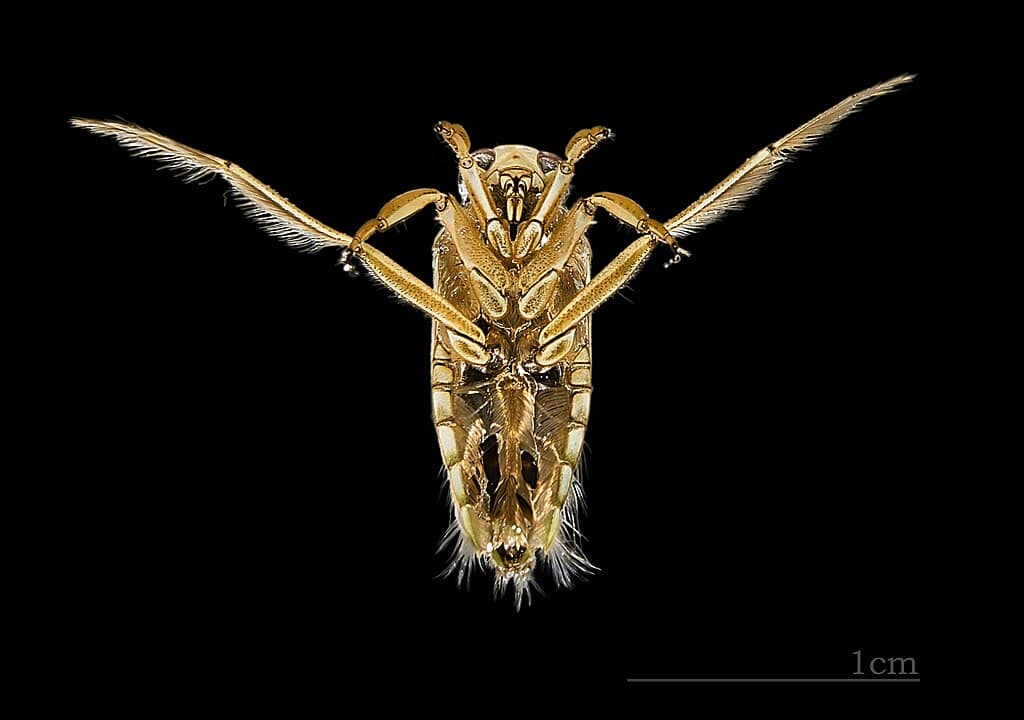
Water boatmen are primarily herbivorous, feeding on algae, detritus, and plant matter found in their aquatic habitats. Using their specially adapted mouthparts, they extract nutrients from decaying vegetation and the biofilm that grows on underwater surfaces. Their feeding habits make them important components of freshwater ecosystems, where they help process organic matter and contribute to nutrient cycling. Interestingly, their diet differs from many similar-looking aquatic insects like backswimmers (Notonectidae), which are predatory. Water boatmen use their front legs to scrape algae and microorganisms from surfaces, and their mouthparts are designed for sucking rather than biting. This feeding strategy allows them to thrive in water bodies with abundant plant growth. Their herbivorous nature also makes them valuable indicators of ecosystem health, as their populations tend to respond quickly to changes in water quality and algal composition, providing scientists with insights into environmental conditions in freshwater systems.
Life Cycle and Reproduction
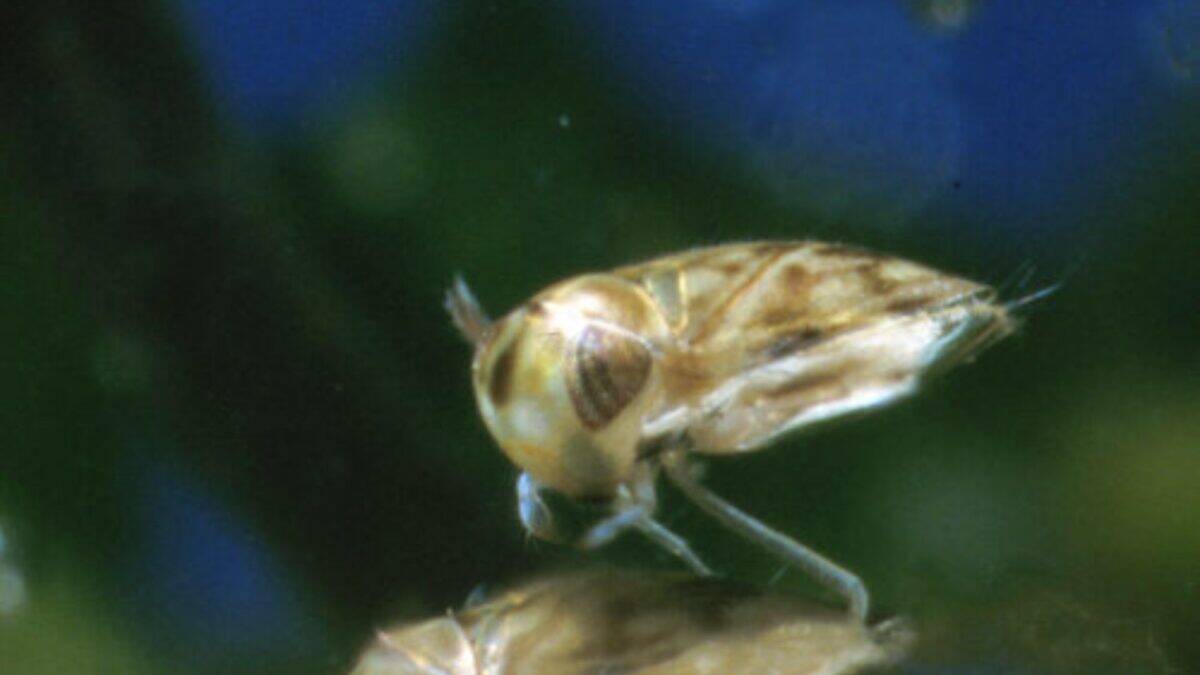
Water boatmen undergo incomplete metamorphosis (hemimetabolous development), progressing through egg, nymph, and adult stages rather than having a distinct pupal phase. Females typically lay eggs on submerged vegetation or other underwater surfaces after mating with males selected through their acoustic displays. The eggs are often arranged in rows or patterns and attached to plants with a waterproof adhesive. After hatching, the nymphs resemble smaller versions of adults and go through multiple molting stages as they grow. Each molt reveals a slightly larger version of the insect until it reaches adult size and sexual maturity. The entire life cycle typically spans several months, with specific timing dependent on water temperature and resource availability. Some water boatman species produce multiple generations per year in warmer climates, while others in more temperate regions may have just one annual generation. Throughout all life stages, water boatmen must contend with predators including fish, aquatic invertebrates, and birds, which has driven the evolution of their camouflage coloration and rapid swimming abilities.
Ecological Importance

Despite their small size, water boatmen play significant roles in aquatic ecosystems. As primary consumers feeding on algae and detritus, they help regulate algal populations and process organic matter, contributing to water clarity and nutrient cycling. Their feeding activities help prevent excessive algal growth that might otherwise lead to oxygen depletion in small water bodies. Additionally, water boatmen serve as important prey items for numerous predators, including fish, frogs, newts, and aquatic birds, making them vital links in freshwater food webs. Their eggs and nymphs provide food for smaller predators, while adults support larger vertebrate consumers. Environmental scientists often use water boatman populations as bioindicators – their presence, absence, or population changes can signal shifts in water quality or ecosystem health. In some regions, extremely high densities of water boatmen can reach hundreds of individuals per square meter of pond surface, highlighting their ecological success and importance in freshwater communities.
Other Contenders for the Loudest Insect Title
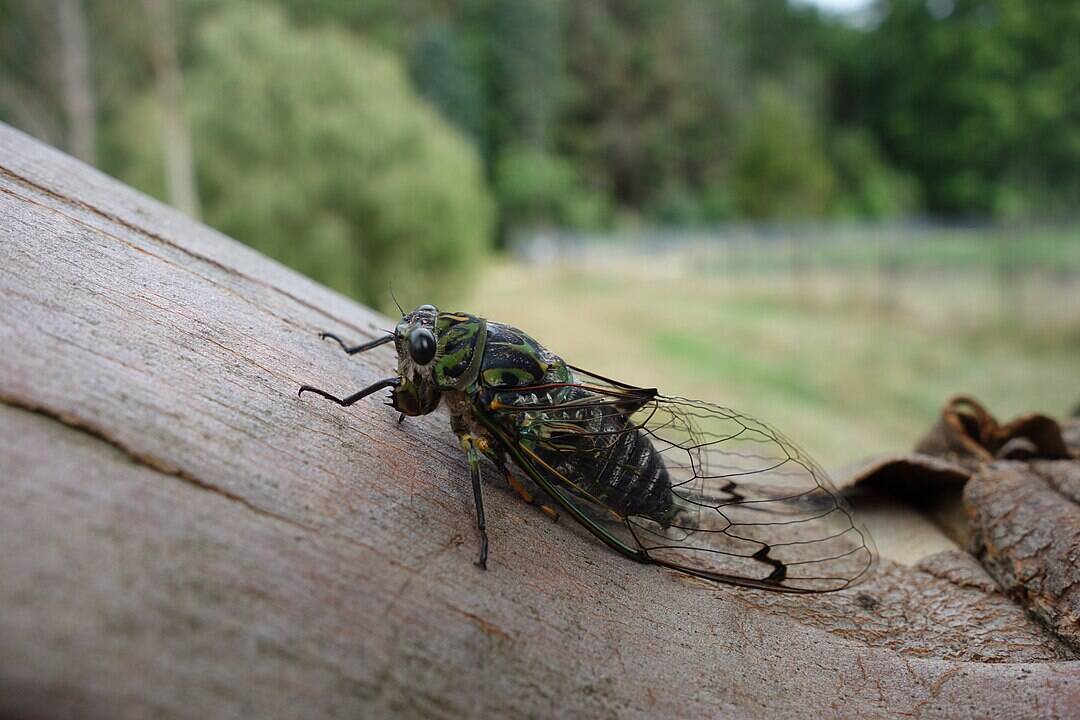
While the water boatman holds the record for loudest sound relative to body size, several other insects compete for the title of loudest absolute sound production. The African cicada (Brevisana brevis) produces calls reaching 106.7 decibels, comparable to a chainsaw at close range. North America’s own periodical cicadas can generate chorus sounds exceeding 100 decibels, enough to cause hearing damage with prolonged exposure. The bladder grasshopper (Bullacris membracioides) from South Africa creates sounds reaching 98.2 decibels, while certain species of katydids produce calls exceeding 95 decibels. Each of these acoustic specialists has evolved unique sound-producing mechanisms – cicadas use specialized membranes called tymbals, while grasshoppers and katydids employ various forms of stridulation. What distinguishes the water boatman is the extraordinary ratio between its tiny size and enormous acoustic output, which far exceeds these larger insects in efficiency. This diverse array of insect sound-producers demonstrates the multiple evolutionary pathways that have developed in response to the selective pressure for effective communication in different environments.
Human Interactions and Cultural Significance
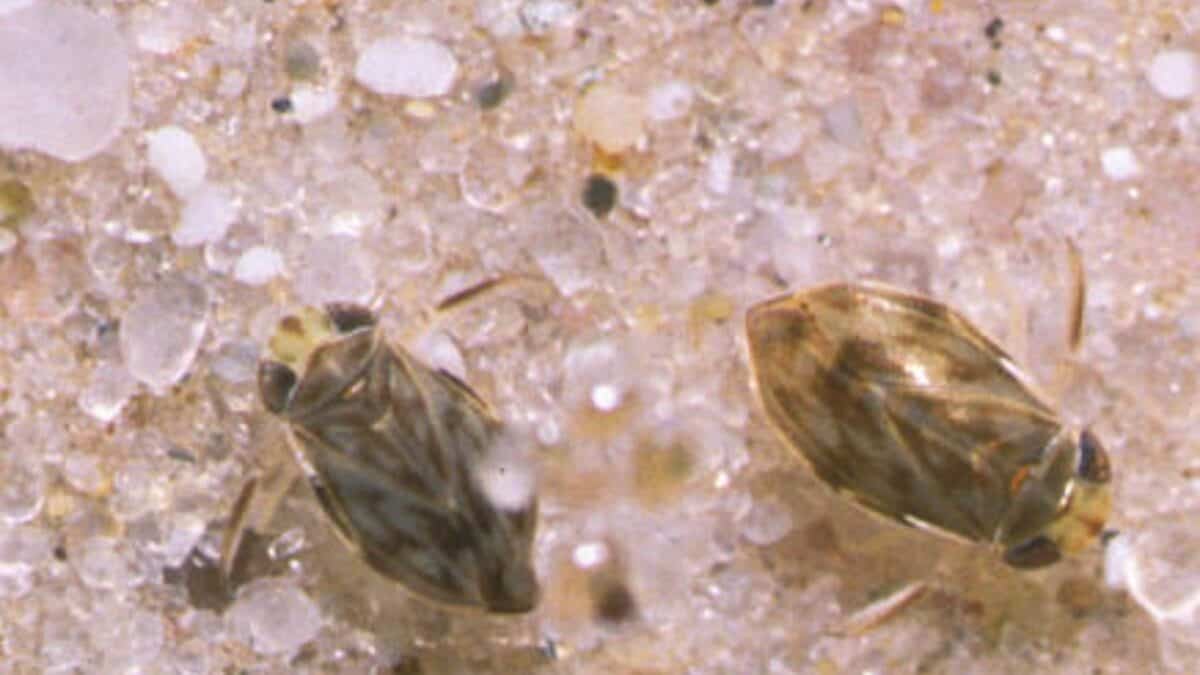
Water boatmen have had various interactions with human societies throughout history. In some cultures, particularly in parts of Mexico and Southeast Asia, certain larger species of water boatmen are collected and eaten as a sustainable protein source, though the tiny Micronecta scholtzi is too small for this purpose. Their presence in ponds and waterways is generally considered beneficial for maintaining water quality and supporting healthy aquatic ecosystems. Since the discovery of their record-breaking sound production, water boatmen have gained cultural significance as subjects of scientific curiosity and public fascination. They feature in nature documentaries, science museum exhibits, and educational materials about acoustic adaptations. Scientists studying biomimicry – the development of technologies inspired by nature – have taken particular interest in the water boatman’s sound production mechanism, hoping to understand how such efficient acoustic output might inform the design of miniature underwater communication devices or medical ultrasound technologies. For pond owners and freshwater enthusiasts, the presence of water boatmen often signals a balanced ecosystem, making them welcome residents in both natural and constructed water features.
Conservation Status and Threats

While the water boatman is not currently listed as threatened or endangered, like many aquatic organisms, it faces increasing pressures from habitat loss, water pollution, and climate change. The draining of wetlands for agriculture and development has reduced available habitat across parts of Europe, while chemical runoff from farming and industrial activities can degrade water quality in their remaining habitats. Climate change presents additional challenges, as warming temperatures alter aquatic ecosystems and potentially disrupt breeding cycles. Invasive species, particularly predatory fish introduced for sport or accidentally released from aquariums, can decimate local water boatman populations. Despite these challenges, the water boatman’s adaptability and generalist feeding habits have helped maintain relatively stable populations in many regions. Conservation efforts focused on wetland preservation and water quality improvement indirectly benefit these tiny acoustic champions, ensuring their remarkable sonic displays continue to resonate through Europe’s freshwater ecosystems for future generations to study and appreciate.
The Fascinating World of Insect Sound Production
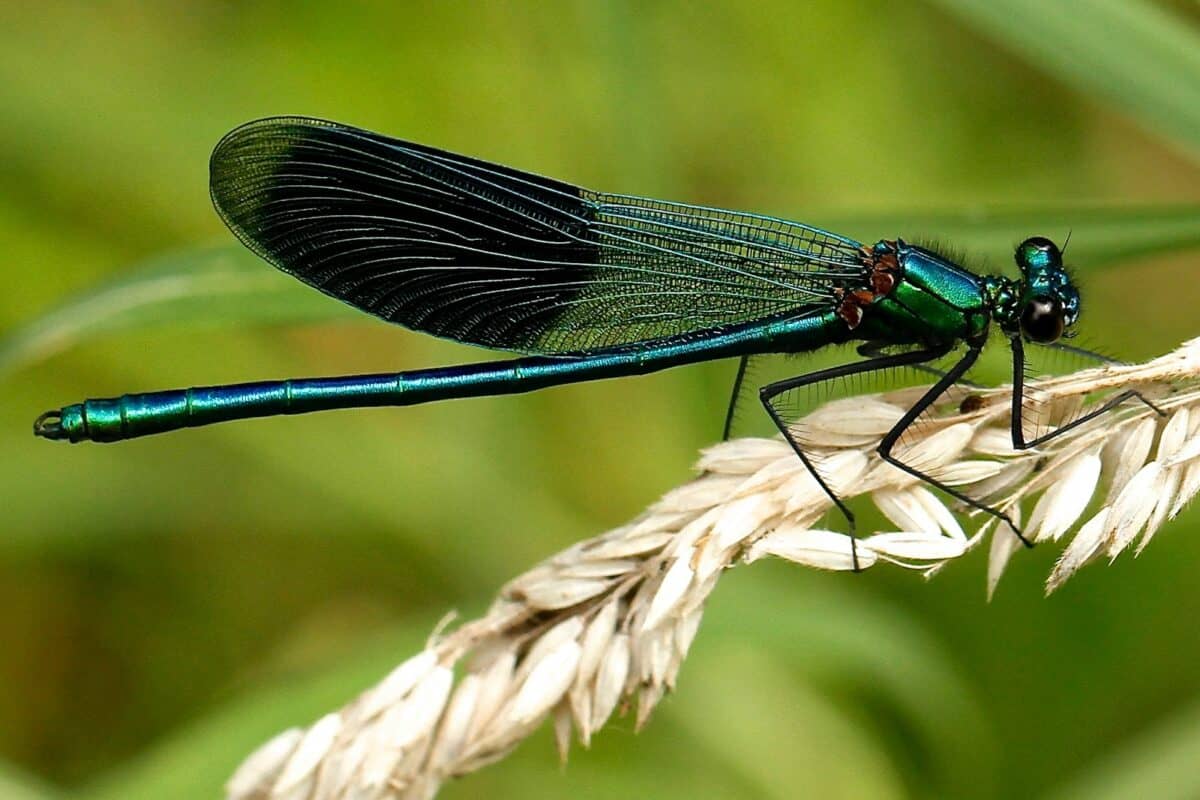
The water boatman’s record-breaking acoustic output represents just one fascinating example from the incredibly diverse world of insect sound production. Across the globe, insects have evolved an astonishing array of mechanisms to create sound for communication, territory defense, and mate attraction. The cricket’s familiar chirp comes from specialized wings with a “file and scraper” mechanism that produces sound when rubbed together. Cicadas generate their deafening chorus using tymbals, ribbed membranes that buckle rapidly when pulled by powerful muscles. Mosquitoes create their annoying whine through wing beats that can exceed 600 times per second. Death watch beetles tap their heads against wood to attract mates, creating the eerie tapping sounds that historically spooked people in old houses. This remarkable diversity of sound-producing adaptations highlights the evolutionary importance of acoustic communication in the insect world. For creatures often too small for visual displays visible at distance, sound offers an efficient alternative for broadcasting information across environments. The water boatman stands as perhaps the most extreme example of this evolutionary ingenuity – proof that in nature’s acoustic arms race, sometimes the tiniest competitors make the biggest noise.
The water boatman stands as a powerful reminder that nature’s most extraordinary achievements often come in the smallest packages. This tiny aquatic insect, barely visible to the naked eye, produces sound with an efficiency and volume that continues to astound scientists and challenge our understanding of bioacoustics. Its record-breaking 99.2-decibel call represents one of the most remarkable examples of specialized adaptation in the animal kingdom, demonstrating how the pressures of sexual selection can drive the evolution of extreme traits. As we’ve explored, the water boatman’s acoustic prowess is just one aspect of its fascinating biology – from its specialized swimming appendages to its important ecological role in freshwater systems. In a world where the loudest voices often receive the most attention, perhaps there’s a lesson in how this diminutive creature has claimed its place in scientific history: that true impact isn’t measured by size, but by the remarkable adaptations developed to meet life’s challenges in innovative ways.
- The Coldest Town in America—And How People Survive There - August 9, 2025
- How Some Birds “Steal” Parenting Duties From Others - August 9, 2025
- 12 Deep-Sea Creatures You Won’t Believe Exist - August 9, 2025

